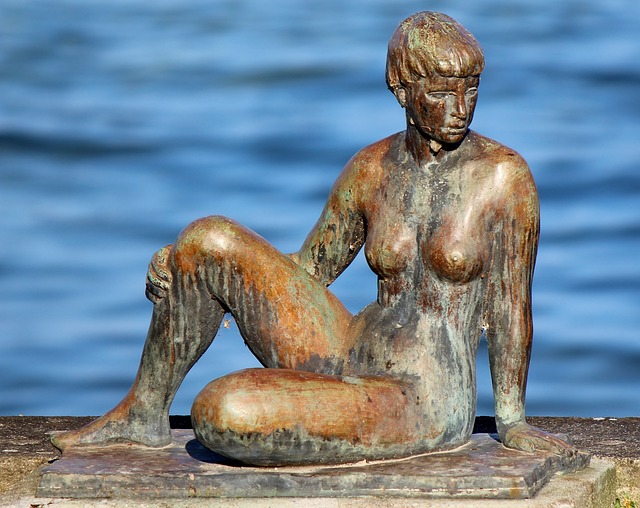Exploring the Rich Tradition of Figurative Painting in Fine Arts and Culture
At the intersection of fine arts and culture, figurative painting stands as a vibrant testament to the humanity and emotions that shape our existence. This art form, which captures the essence of the human form and spirit, resonates deeply with viewers, inviting them to reflect on their own identities and experiences.
From the classical works of the Renaissance to the contemporary masters, figurative painting has played a pivotal role in artistic expression. It serves as both a mirror and a window: a mirror reflecting society’s myriad emotions, struggles, and triumphs, and a window offering glimpses into different historical periods and cultural narratives. Through the portrayal of the human figure, artists convey stories that transcend time and geographical boundaries.
The power of figurative painting lies in its ability to evoke feelings of joy, sorrow, love, and pain. An artist’s brushstroke can breathe life into characters, allowing them to transcend their canvas confines and resonate with the viewer’s own life experiences. Each painting acts as a dialogue between the artist and the audience, inviting us to connect emotionally and intellectually with the depicted figures.
Culture deeply influences figurative painting, as artists draw inspiration from the world around them. Different styles, techniques, and themes reflect cultural narratives, societal norms, and historical contexts. Artists like Frida Kahlo and Lucian Freud have masterfully used the human figure to explore personal and political themes, bridging the gap between individual experience and wider societal issues.
Furthermore, the evolution of figurative painting over centuries demonstrates the dynamic relationship between art and culture. As societies evolve, so too do the interpretations of the human form. Modern and contemporary artists have reinvented figurative work, incorporating abstract elements and diverse influences to challenge conventional perceptions. This fluidity keeps the tradition alive and relevant, proving that the human experience continues to be a fertile ground for artistic exploration.
In today’s fast-paced world, where technology often dominates our interactions, figurative painting serves as a reminder of our shared human condition. It calls us to pause, reflect, and engage with the raw emotions encapsulated in each piece. As we venture deeper into this rich tradition, we uncover not just the artistry of the human figure but also the profound connections that bind us all together.




